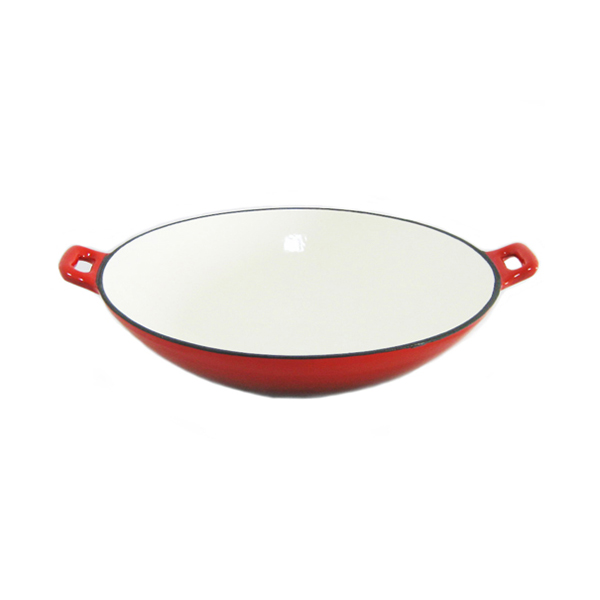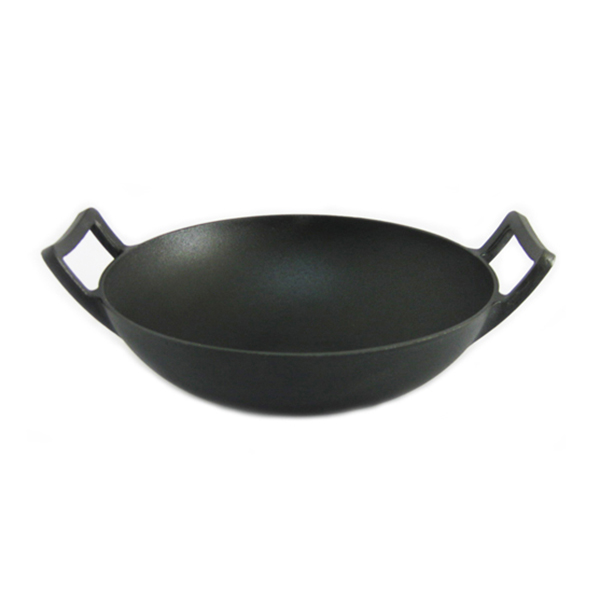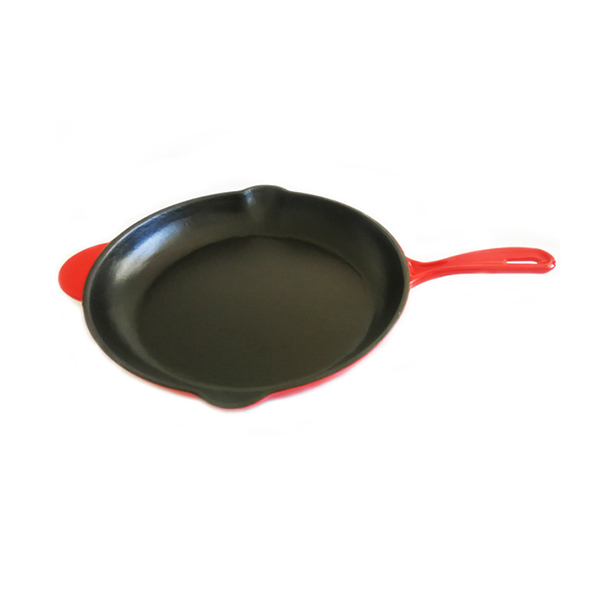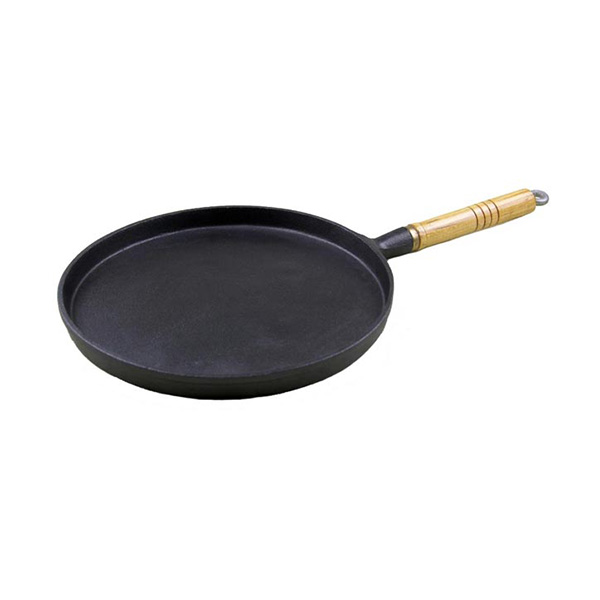factory customized Poach Casserole - Cast Iron Teapot/Kettle N-0.5L-79901 – PC
factory customized Poach Casserole - Cast Iron Teapot/Kettle N-0.5L-79901 – PC Detail:
Cast Iron Teapot/Kettle
Cast Iron Teapot Advantages
1. Cast iron teapot can be used to boil water as tea kettle. It also can be used to make tea or boil tea as teapot. Stovetop safe, small fire is suggested.
2. It is a masterful collection for tea lovers. It is the necessary decoration to any kitchen – the best tea kettle / teapot for boiling water or making tea.
3. Cast iron teapot let your drink water be healthy.It can improve the water quality by releasing iron ions and absorbing chloride ions in water.
More about Cast Iron Teapot
A cast iron teapot has great heat retention properties, enabling the user to keep tea warm for long periods of time. This way, you won’t have to keep reheating the tea once it gets cold. Even if you leave the kettle away from the stove for long periods of time, your tea will still remain warm enough to drink. It is also a great way to serve tea because of its beautiful, elaborate designs.
Tea fanatics and tea set collectors will be amazed at the many different styles cast iron teapots come in. The Japanese and Chinese were the first to use cast iron teapots to brew tea. These practical, durable brewing kettles help to spread out heat very evenly throughout the whole vessel, enabling the user to brew high-quality, great tasting tea. They rose in popularity centuries ago, and remain a popular tool.
Because of the excellent craftsmanship of the cast iron teapot, they have been used for four hundred years. It used to be that emperors and royalty was the only people to use this kind of pot. There was even a time when it became a status symbol. Tea connoisseurs always possess at least one iron teapot, as it is considered a classic utensil used in brewing the most delicate and expensive tea leaves. However, these teapots are also used heavily in the kitchens of ordinary consumers who like the simplicity and ease of maintenance of these vessels. Iron teapots have also become a popular collectible item for those who collect antique cast iron teapots and they love these pots because of their classic designs, which include the simple round kettle that most of us think of when we think of cast iron teapots, and very ornate, highly embellished pots that were probably very expensive when they were first produced and most likely, were used by royalty and other people of high social and financial status.
Many centuries ago, these cast iron teapots were first used to only boil water. As time went by, people started using them for making tea, as the cast iron actually enhances the flavor of the brew. What used to be a simple pot used for boiling water became a kettle complete with a sprout and a handle. Some accessories, such as tea infusers and various types of tea bags, were added to enable each user to brew loose leaf tea without a problem and as a result, these pots and kettles became quite popular and were found in the kitchens of most homes, regardless of the social or economic status of the family living in the home.
The pebbled black or dark brown surface is the main, unique characteristic of the cast iron kettle or tea pot and is the style that most of us are most familiar with. In the olden days, these utensils used to be a lot bigger and bulkier. However, as time went by, the design became more compact and sleek – and much lighter – after all, they are made of iron and the bigger the tea pot the heavier it is! People tired of kettles weighing five pounds or more and designers accommodated them by creating smaller, lighter versions.
Traditional designs were also limited to those inspired by nature, or abstract designs. Today, you’ll be able to find them in a lot of different designs with a lot of different themes. Most are also coated with enamel on the inside to prevent rust from forming. As we all know, when frequently exposed to moisture (especially water), cast iron tends to rust. This is prevented by a thin layer of enamel coating. Some also come with tea infusers, enabling you to brew tea without having to make a mess. These are a great way to brew, serve and drink tea.
If you haven’t tried a cast iron teapot or kettle, what are you waiting for? It just might be the best experience you could imagine.
Product detail pictures:

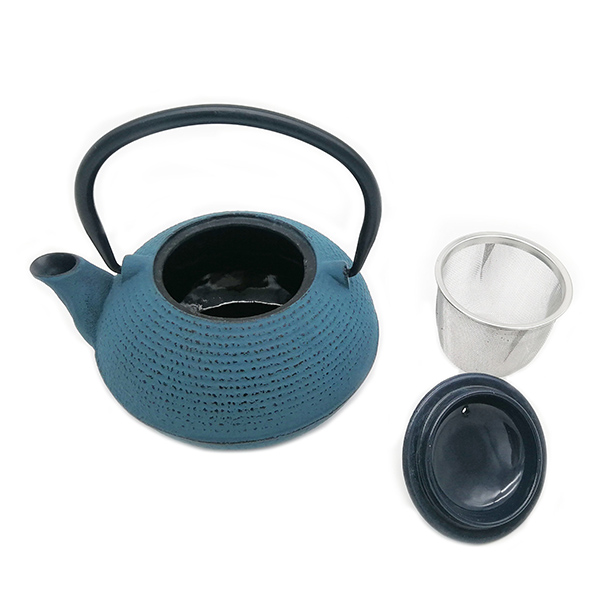
Related Product Guide:
We have a highly efficient team to deal with inquiries from customers. Our goal is "100% customer satisfaction by our product quality, price & our team service" and enjoy a good reputation among clients. With many factories, we can provide a wide range of factory customized Poach Casserole - Cast Iron Teapot/Kettle N-0.5L-79901 – PC , The product will supply to all over the world, such as: Salt Lake City, Pakistan, Zurich, Our market share of our products and solutions has greatly increased yearly. If you are interested in any of our products or would like to discuss a custom order, make sure you feel free to contact us. We've been looking forward to forming successful business relationships with new clients around the world in the near future. We've been looking forward to your inquiry and order.
Speaking of this cooperation with the Chinese manufacturer, I just want to say"well dodne", we are very satisfied.


